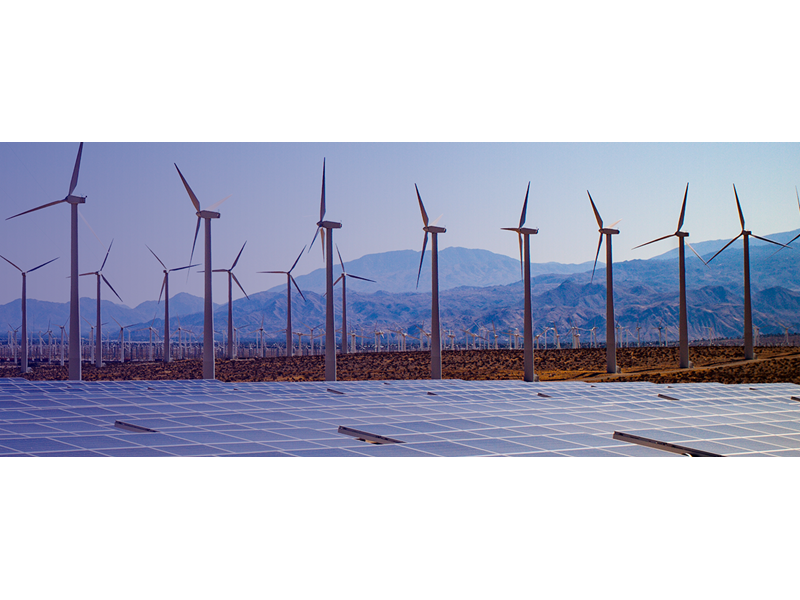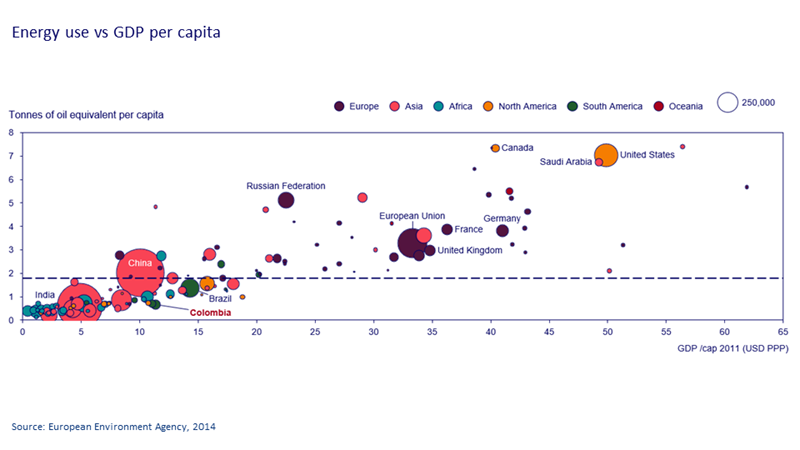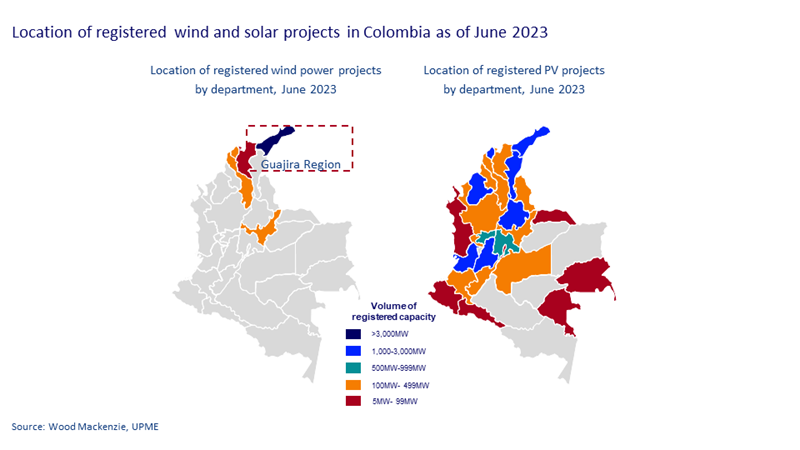Can Colombia navigate the energy transition?
Can Colombia address social inequalities and drive growth while embracing the energy transition?
3 minute read
Vinicius Moraes
Research Analyst, Latin America Upstream

Vinicius Moraes
Research Analyst, Latin America Upstream
Vinicius specialises in coverage of Argentina, Brazil, Colombia and Trinidad & Tobago.
Latest articles by Vinicius
-
Opinion
Can Colombia navigate the energy transition?
-
Opinion
Can Colombia’s gas sustain it through the energy transition?
-
Opinion
Unwrapping key players in Colombia's upstream sector
-
Opinion
What do Colombia’s ambitious fiscal reforms mean for oil and gas?
-
Opinion
Colombia upstream: digging into multi-level intelligence
Kárys Prado
Research Analyst, Latin America Wind

Kárys Prado
Research Analyst, Latin America Wind
Kárys focuses on market developments, future growth scenarios and supply chain dynamics across Latin America
Latest articles by Kárys
View Kárys Prado's full profileJuan Pablo Londoño-Agudelo
Principal Analyst, North America's Power Markets

Juan Pablo Londoño-Agudelo
Principal Analyst, North America's Power Markets
Juan is a Principal Analyst in the North Americas Power team, specialising in long-term forecasting and market research.
Latest articles by Juan
View Juan Pablo Londoño-Agudelo's full profileFelix Delgado
Senior Analyst, Solar PV

Felix Delgado
Senior Analyst, Solar PV
Felix is focused on market developments, trends and growth scenarios around the Latin America region.
Latest articles by Felix
View Felix Delgado's full profileIn early 2023, Colombia unveiled its Plan Nacional de Desarrollo, or National Development Plan, designed to steer the nation through the next four years. This ambitious strategic document aims to both reshape the country’s energy landscape and diversify its economic portfolio, steering it down the path towards a successful energy transition. The question is, will the strategy work?
In the last of our four-part Upstream Colombia research series, we go beyond the targets to look at what the country’s ambitious plans for a green transition mean for its energy and power sectors. Fill out the form to download a complimentary extract from the full report or read on for an overview.
Colombia’s complex relationship with energy
Colombia finds itself at the forefront of energy transition discussions, with a new government committing to ambitious goals towards replacing coal, oil and gas with cleaner sources of energy. However, the nation faces a delicate balancing act, as its economy and infrastructure are deeply intertwined with oil and coal production.
Colombia is going faster on the energy transition than any other country in Latin America, and arguably setting the fast pace for developing economies with a past reliance on hydrocarbon exports. Success and failures will be closely watched. Setbacks or efforts to move too fast might not just impact Colombia but sway other countries to dial back when more ambition is still needed. Delivering a tight-rope balance between the current ambition and economic reality will be hard but worth doing.
Growth ambitions of a developing nation
Colombia is an emerging market economy, and as the country develops, its energy transition will require not only a change in the mix of energy sources but also an increase in total output. We cannot ignore the practical reality of Colombia’s hydrocarbon-based energy and its integral role in Colombia's economy.
Potential onshore wind and solar
Colombia enjoys immense potential to harness onshore wind and solar power. A law aimed at promoting alternative energy sources was introduced over twenty years ago. However, the absence of a streamlined institutional framework, along with persistent social conflicts, have until now hindered development. With Colombia’s new National Development Plan steering a decisive path towards the energy transition, that situation is starting to change.
Current wind power projects are all located in the northern half of the country, with the vast majority in the grid-constrained region of Guajira at Colombia’s northern tip. Here, global developers have amassed a pipeline of over three gigawatts (GW) of capacity. In contrast, solar resource is much more widely dispersed across Colombia’s land mass, yielding a larger pipeline that is much less exposed to grid constraints (see charts below).
Challenges ahead
While short-term opportunities in electricity generation exist, adopting renewable energy sources in Colombia is projected to progress at a slower pace. The key factor influencing this transition is the presence of favourable regulations.
Significant challenges such as regulatory obstacles and environmental permit hurdles have frequently resulted in project delays and, in some cases, complete cancellations. Furthermore, power transmission infrastructure continues to pose significant constraints and challenges in Colombia.
Continued importance of the upstream industry
Despite the significant shift towards sustainability, oil and gas are still a major driving force for Colombia’s economy and a central focus of social and political discussions. Continued exploration under existing contracts and an offshore development push provide clear evidence that while fossil fuels will play a gradually diminishing role, they will remain important for many years to come.
Gas holds immense potential as a transitional resource, and the industry's expertise will be invaluable for CCUS projects. There is a concern that current policies, although well-intentioned, might be impeding the progress towards overarching transition goals.
Don’t forget to fill in the form at the top of the page to download an extract from the insight. This includes an analysis of domestic demand-side opportunities and constraints to replace emission-intensive energy sources over the next decade.

2024 APAC Energy & Natural Resources Summit
9 May 2024 | Marina Bay Sands, Singapore
Book your tickets now









